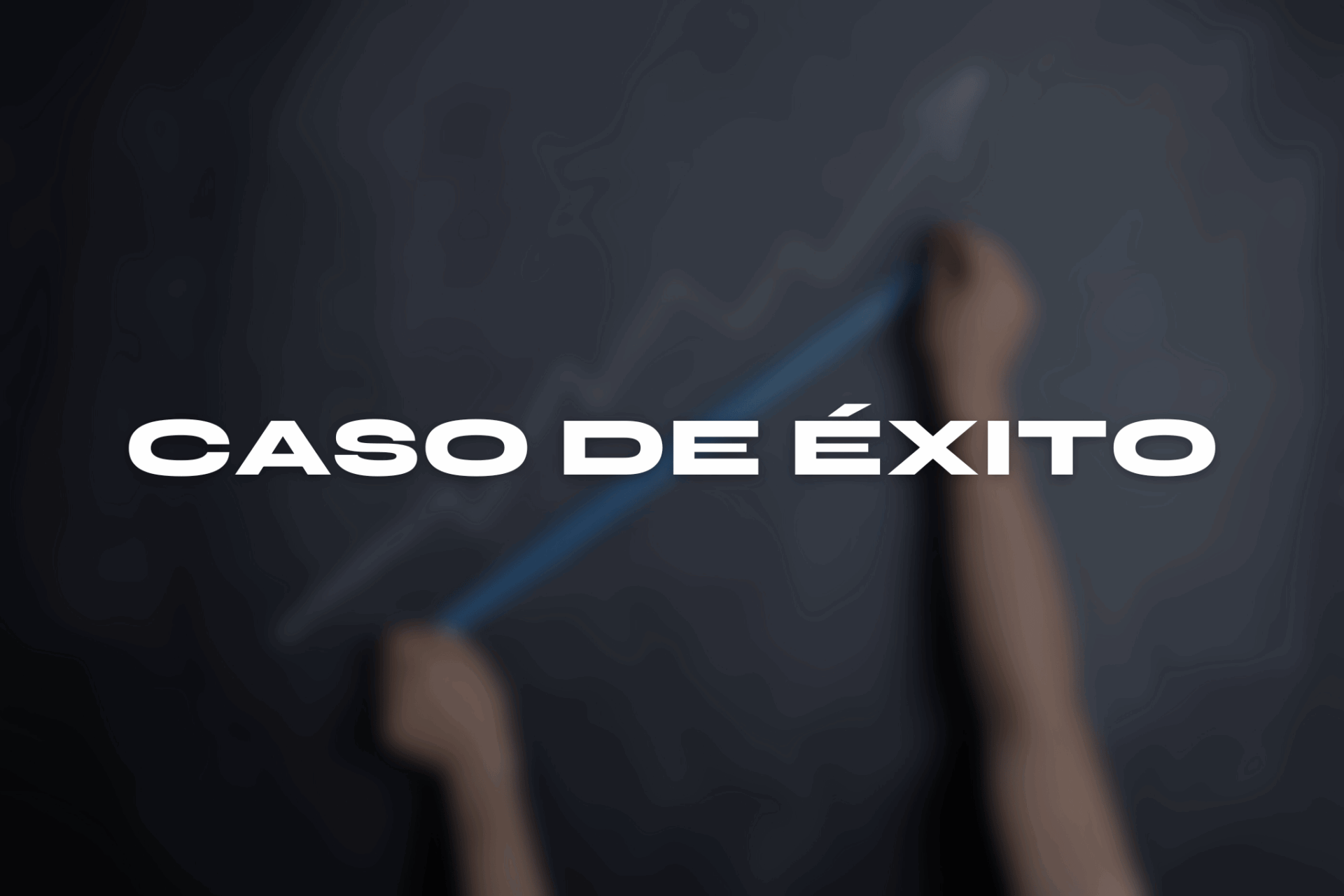In the world of web development, Web Components have become a very useful tool for creating custom and reusable user interfaces. One of the most powerful features of Web Components is the Shadow DOM and CSS Parts, which allow styles and behaviors to be encapsulated effectively. In this article, we will explore what Shadow DOM and CSS Parts are and how they are used in Web Components development.
Table of Contents
ToggleWhat are Web Components?
Web Components are a set of technologies that allow you to create custom and reusable HTML elements. These elements encapsulate its behavior, structure, and style, making them easily usable in any web project. Web Components consist of three main specifications: Custom Elements, Shadow DOM and Templates.
In this article we will focus on the Shadow DOM and CSS Parts, two of the most important components of Web Components.
What is Shadow DOM?
The Shadow DOM is a kind of "shadow domain" within an HTML element. It allows you to encapsulate the style and behavior of a web component, preventing the styles and events defined within the component from affecting the rest of the document.
The Shadow DOM is created using the HTML ` element<template>` and the ` methodattachShadow()` in JavaScript. The template defines the structure of the component and the ` methodattachShadow()` creates a shadowed DOM inside the element, where the component's styles and behaviors are placed.
What are CSS Parts?
CSS Parts are a feature of the Shadow DOM that allow, similar to CSS classes, to stylize specific parts of a web component. Parts are defined using the `::part()` pseudo-class in the component's CSS.
CSS Parts are useful when we want to style a web component in a more granular and reusable way, without worrying about the internal structure of the component.
Using the Shadow DOM and CSS Parts in Web Components
To use the Shadow DOM and CSS Parts in a Web Component, we must first define the component using the Custom Elements API. Then, in the `connectedCallback()` method, we create the Shadow DOM and add the necessary CSS to style the component.
Next, we can use CSS Parts to style specific parts of the component. For example, if we have a button component with two parts: the text part and the background part, we can style each part independently using CSS Parts.
button::part(text) {
font-weight: bold;
}
button::part(background) {
background-color: blue;
}
In the example above, the button component has two parts: `text` and `background`. Using CSS Parts, we are styling the button text bold and the background blue. This allows us to easily reuse styles in other button components in our application.
Conclusion
Shadow DOM and CSS Parts are two powerful features of Web Components that allow you to encapsulate styles and behaviors effectively. Using these technologies, we can create reusable and customizable web components, making the development of modern user interfaces much easier.
Frequently asked questions
What are Web Components?
Web Components are a set of technologies that allow you to create custom and reusable HTML elements.
What is the Shadow DOM used for?
The Shadow DOM is used to encapsulate the style and behavior of a web component, preventing it from affecting the rest of the document.
What are CSS Parts?
CSS Parts are a feature of the Shadow DOM that allow you to style specific parts of a web component in a more granular and reusable way.
How are CSS Parts used?
CSS Parts are used by defining specific parts of the component using the `::part()` pseudo-class in the component's CSS. These parts can then be styled independently.
How do you create a Web Component with Shadow DOM and CSS Parts?
To create a Web Component with Shadow DOM and CSS Parts, we must first define the component using the Custom Elements API. Then, in the `connectedCallback()` method, we create the Shadow DOM and add the necessary CSS to style the component. Finally, we use CSS Parts to style specific parts of the component.
I hope this article has helped you understand what Shadow DOM and CSS Parts are and how they are used in Web Components development. If you have any questions or comments, feel free to leave them below.
Remember that you can find more articles about programming and marketing at nelkodev.com. You can also contact me through nelkodev.com/contact or consult my portfolio at nelkodev.com/portfolio/.






